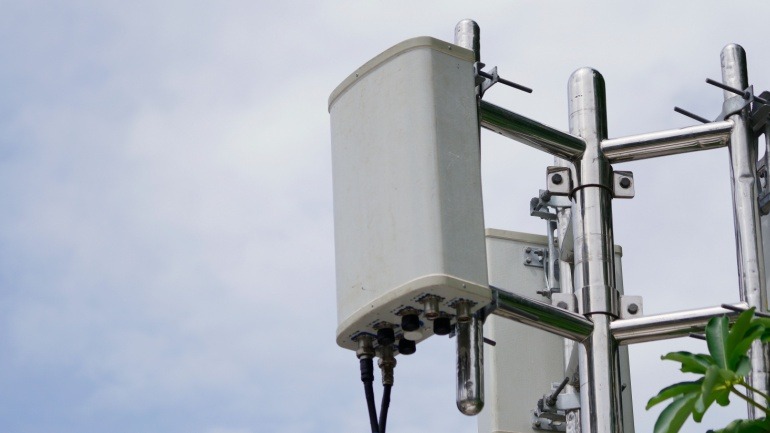BSNL’s 5G tender mandates local equipment, sparking dissatisfaction among giants like Ericsson and Nokia. This local focus aligns with BSNL’s 5G Standalone expansion strategy in New Delhi.
Ericsson and FPT are collaborating to enhance the deployment of 5G technology and digital transformation in Vietnam. This partnership focuses on innovations in AI and aims to enhance digital infrastructure across key sectors like healthcare, manufacturing, and retail.
Saudi Arabia’s telecom giant, KSA, is revolutionizing its 5G Standalone services by securing new spectrum within the 600 MHz band. This strategic move enhances 5G coverage and quality, facilitating seamless IoT and smart city applications.
BSNL is spearheading the 5G revolution in India, launching a tender for 5G infrastructure in New Delhi to cater to 100,000 users. Utilizing 900 MHz and 3.3GHz bands, BSNL aims to boost digital presence with 5G SA connectivity and fixed wireless access broadband.
T-Mobile is revolutionizing VoIP communication with its groundbreaking 5G standalone network, achieving uplink speeds of 2.2 Gbps using New Radio Dual Connectivity. By aggregating 2.5 GHz and mmWave spectrum, T-Mobile significantly enhances VoIP performance, catering to demanding applications like live streaming and gaming. This innovation elevates VoIP experiences worldwide.
Virgin Media O2 has made groundbreaking progress by deploying 5G standalone small cells in Birmingham. This state-of-the-art VoIP-ready technology promises enhanced mobile connectivity, achieving internet speeds up to 300Mbps.
Spain’s telecom sector is set for transformation as Ericsson partners with MasOrange, the country’s largest mobile operator, to develop an open, programmable network. This five-year collaboration aims to enhance network performance and support the rollout of 5G in rural areas.
Deutsche Telekom plans to phase out its 2G network by 2028, reallocating the spectrum for improved 4G and 5G networks. This transition will support robust data transmission, especially benefitting rural areas.
Argentina’s telecom sector is poised for a 5G revolution as the government releases more spectrum, boosting the digital infrastructure. By reallocating spectrum from Arsat and Enacom, the initiative promises significant investments and growth.
Ericsson is intensifying its R&D efforts in India, zeroing in on network APIs. Partnering with telecom giants, Ericsson is unlocking 5G’s potential through programmable networks, enhancing performance, and enabling new performance-based business models.













